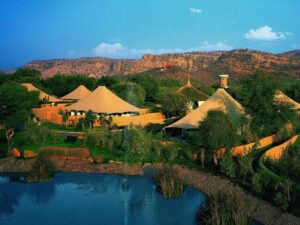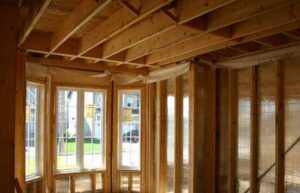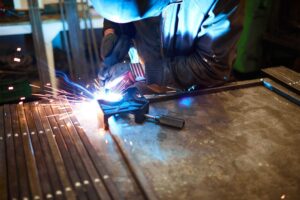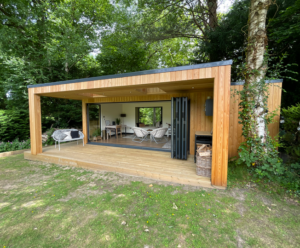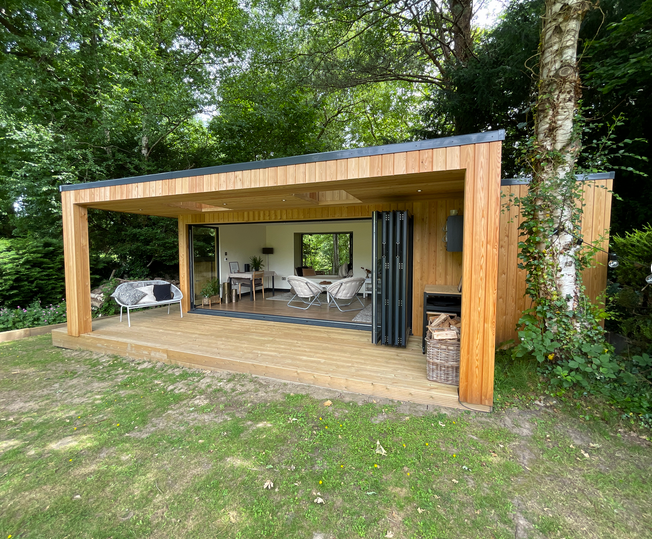Welcome to our comprehensive guide on Siberian Larch cladding! In this article, we delve into the mesmerizing world of this remarkable building material, exploring its origins, characteristics, installation process, maintenance requirements, and much more. As experts in the field, we are excited to share our wealth of knowledge with you, providing valuable insights to help you make informed decisions for your next construction or renovation project.
Table of Contents
Understanding Siberian Larch: A Natural Wonder
Origin and Sustainability
Siberian Larch originates from the vast and pristine forests of Siberia, where it thrives in harsh climates and extreme temperatures. Known for its exceptional durability and natural resistance to decay, Siberian Larch is a sustainable choice for environmentally conscious builders. Sourced from responsibly managed forests, this timber is harvested in a manner that promotes regeneration and preserves the delicate ecosystem.
Unique Characteristics
One of the most distinguishing features of Siberian Larch is its stunning aesthetic appeal. With a rich golden hue that deepens over time, Larch brings warmth and elegance to any architectural design. Its fine grain and natural oils contribute to its longevity, making it an ideal choice for exterior cladding, decking, and siding applications.
Benefits of Siberian Larch Cladding
Durability and Longevity
Siberian Larch is renowned for its exceptional durability, surpassing many other softwood species in terms of strength and longevity. Resistant to rot, insects, and fungal decay, Larch cladding offers unparalleled protection against the elements, ensuring lasting beauty and structural integrity for decades to come.

Thermal Insulation
In addition to its robustness, Siberian Larch boasts excellent thermal insulation properties, helping to regulate indoor temperatures and reduce energy consumption. Whether used in residential or commercial buildings, Larch cladding provides a natural barrier against heat loss in winter and heat gain in summer, enhancing comfort and energy efficiency.
Low Maintenance
Unlike some alternative building materials that require frequent upkeep and refinishing, Siberian Larch cladding is remarkably low maintenance. With its natural resistance to moisture and decay, Larch requires minimal treatment and can be left to weather gracefully over time, developing a charming patina that adds character to any structure.
Installation and Care Tips
Proper Installation Techniques
When installing Siberian Larch cladding, it is essential to follow best practices to ensure optimal performance and longevity. Begin by selecting high-quality materials and inspecting each board for defects or damage. Install the cladding with proper ventilation and drainage systems in place to prevent moisture buildup and promote airflow, reducing the risk of rot or mold growth.
Regular Maintenance Routine
While Siberian Larch is inherently resistant to decay, it is still essential to perform regular maintenance to preserve its beauty and structural integrity. Inspect the cladding periodically for signs of damage or wear, such as cracks, splits, or loose boards. Clean the surface as needed to remove dirt, debris, and organic matter, and consider applying a protective finish or sealer to enhance durability and weather resistance.
Conclusion: Embracing Excellence in Design and Functionality
In conclusion, Siberian Larch cladding stands as a testament to the timeless beauty and unmatched quality of natural timber. With its remarkable durability, thermal insulation properties, and low maintenance requirements, Larch offers a sustainable and stylish solution for architectural projects of all sizes. By choosing Siberian Larch, you can create spaces that are as beautiful as they are functional, embodying the perfect fusion of form and function.

